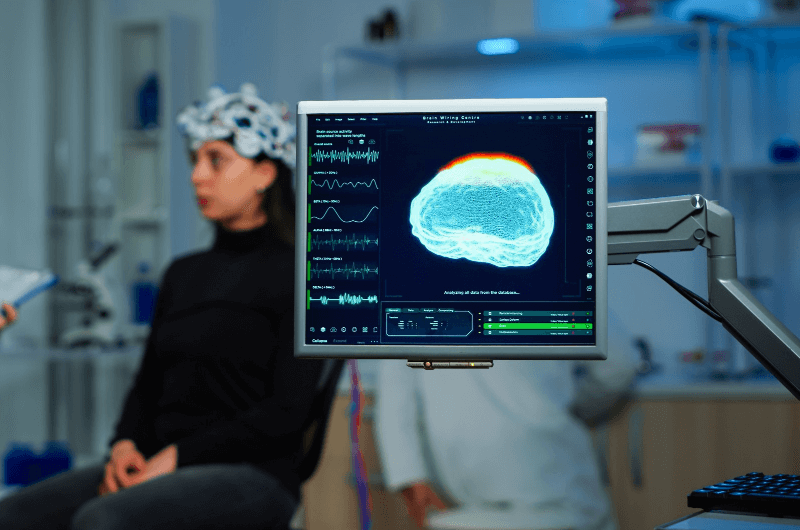The leading cause of death and long-term disability in the U.S., stroke causes loss of neurological function due to a blood clot in the brain or intracranial hemorrhage. One of the most common conditions that a physician coding company codes for is ischemic stroke or cerebral infarction, which occurs when a blood clot blocks an artery that nourishes the brain.
A transient ischemic attack (TIA) or “ministroke” occurs when blood supply to the brain is briefly interrupted. TIA symptoms are similar to other stroke symptoms but while a TIA could last just a few minutes or hours, a stroke lasts longer than 24 hours. TIA symptoms occur suddenly and include numbness or weakness, especially on one side of the body, dizziness and loss of balance, confusion, difficulty speaking or understanding speech and trouble seeing or hearing.
A new study says that ministrokes could have even more serious effects and may lead to dementia over time. A mini stroke is treated in the emergency room as TIA usually progresses to a full-blown stroke. Immediate treatment by a neuro-interventionalist could prevent non-hemorrhagic stroke from causing permanent disability. Patients first undergo a imaging test to determine whether the stroke is caused by a clot or is due to brain hemorrhage. The American Heart Association and National Stroke Association recommend the following measures for preventing a stroke after TIA:
- Quick evaluation, preferably within 12 hours of the onset of symptoms
- Same-day diagnostic imaging if necessary
- Focus on blood pressure, cholesterol, diabetes, atrial fibrillation, and other conditions
- Control of risk factors such as smoking, obesity, and physical inactivity
- Use of aspirin and other anticoagulants to blood clots from forming
- Surgery or endovascular therapy – angioplasty with or without a stent – to open a narrowed or blocked artery
Under ICD-10, stroke codes require more specific documentation. CPT coding for interventional procedures changed in 2016. Knowing the nuances of medical billing and coding for stroke services is crucial for proper reimbursement.
The ICD-10-CM codes for stroke are as follows:
- Cerebral infarction, unspecified – 163.9
- Transient cerebral ischemic attack, unspecified – G45.9.
Transient cerebral ischemic attack covers the following conditions:
- A brief attack (from a few minutes to an hour) of cerebral dysfunction of vascular origin, with no persistent neurological deficit
- A disorder characterized by a brief attack (less than 24 hours) of cerebral dysfunction of vascular origin, with no persistent neurological deficit
Treatments for non-hemorrhagic stroke and related CPT codes are as follows:
- Catheterization and imaging of the affected regions of the brain to remove identified thrombus (including infusion thrombolysis and thrombectomy techniques
- Treatment of any associated intracranial stenosis/occlusion with angioplasty
- 61630 Balloon angioplasty, intracranial (eg, atherosclerotic stenosis), percutaneous
- Stent placement
- 61635 Transcatheter placement of intravascular stent(s), intracranial (eg, atherosclerotic stenosis), including balloon angioplasty, if performed).
New CPT codes for non-hemorrhagic stroke were introduced in 2016:
- 61645: Percutaneous arterial transluminal mechanical thrombectomy and/or infusion for thrombolysis, intracranial, any method, including diagnostic angiography, fluoroscopic guidance, catheter placement, and intraprocedural pharmacological thrombolytic injection(s)
- 61645, 61650, and +61651: inpatient-only procedural codes for Medicare patients, and all-inclusive of imaging, catheter placements, angioplasty, and/or stent placement.
If two cerebral territories are treated, 61645 should be reported twice. Moreover, all catheter selections, imaging, infusion therapy, balloon maceration, clot extraction, and follow-up imaging are bundled with 61645. While stroke and vasospasm may occur at the same session, coding guidelines allow reporting of only one of the two procedure codes at a single session. In this case, it would be better to bill 61645 rather than 61650.
The complexity of coding for strokes reveals why more and more neurology practices prefer to rely on experienced medical coding and billing companies to manage the task. This would ensure clean claim submission and appropriate reimbursement.




